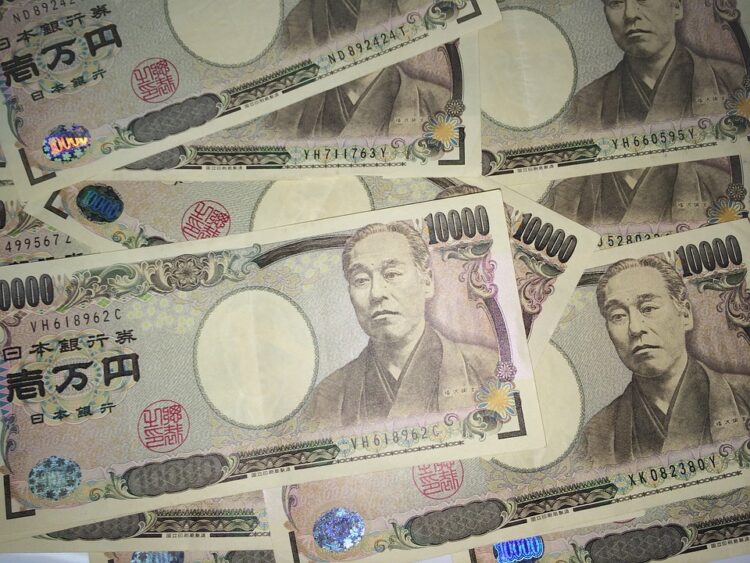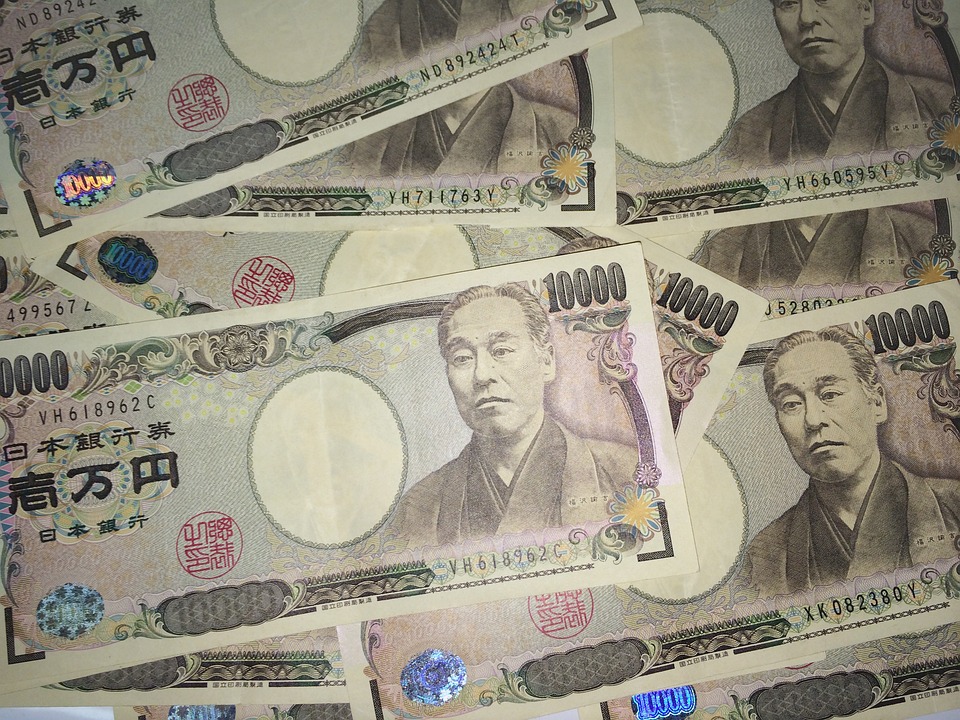
 Image Source: Pixabay
Image Source: Pixabay
In the swirling currents of global finance, the Japanese yen finds itself at a pivotal juncture, steered by the dual helms of the Bank of Japan (BoJ) and the Japanese government. Recent developments have thrust the spotlight squarely on Japan as investors and analysts alike parse through mixed signals emanating from the country’s monetary authorities. The USD/JPY pair, a bellwether of economic sentiment and policy expectations, has steadfastly held its ground above the 151 handle, defying the Japanese government’s intervention threats. This resilience underscores a complex interplay of economic policies, market dynamics, and global influences, setting the stage for a nuanced analysis of what lies ahead for Japan’s economy and its currency.
The BoJ’s Calculated DovishnessAmid the cacophony of market movements and policy statements, the Bank of Japan’s recent communications stand out for their measured tone and cautious optimism. BoJ Board Member Naoki Tamura’s remarks on a slow and steady approach to raising interest rates, devoid of a concrete timeline, underscored a dovish stance that seemed to diverge from the government’s more interventionist signals. Similarly, BoJ Governor Kazuo Ueda’s preference for an accommodative monetary policy to support the economy further dampened expectations of aggressive action. These statements, while reinforcing the central bank’s commitment to nurturing economic recovery, have played a significant role in tempering market reactions and shaping investor perceptions.
USD/JPY’s Steady Course Amid BoJ and Gov’s Global StrategyThe dynamics between the BoJ and the Japanese government are not just a matter of domestic policy coordination but also a reflection of Japan’s navigation through global economic waters. The recent Summary of Opinions from the BoJ’s Monetary Policy Meeting painted a picture of cautious optimism, with board members acknowledging the potential for a historic economic inflexion point. This forward-looking assessment, coupled with the anticipation of outcomes from spring wage negotiations, suggests a nuanced approach to achieving price stability and economic growth. The persistence of the USD/JPY above critical moving averages signals a market that, while attentive to these developments, also weighs broader global economic indicators and policy movements, particularly in the United States.
Market Sentiment and Future DirectionsAs the USD/JPY remains above the 151 mark, several factors demand attention. Firstly, domestic policy stances play a crucial role. Secondly, intervention threats cannot be overlooked. Finally, external economic indicators are also a key area of focus for market participants. The potential for a market breakout is significant. It depends on several elements. These include communications from the BoJ and the Japanese government. Additionally, key economic data releases are pivotal. The broader global economic climate also influences the market’s direction.Despite the pressures, the yen is steadying. Speculations of intervention have not swayed it significantly. Thus, the upcoming period is seen as crucial. It will be a significant test of Japan’s monetary policy direction. Furthermore, it will examine the policy’s impact on market dynamics.The journey of the Japanese yen is complex. It involves an intricate interplay of policies and market perceptions. Additionally, market responses play a critical role. This journey through the economic challenges captivates observers. It serves as a fascinating case study. It illustrates the tension between interventionist impulses and market autonomy forces.More By This Author:Ripple And Tron: Ripple Under Less Pressure At 0.6250 Level Dogecoin And Shiba Inu: Shiba Inu On The Bullish Side Aluminium And Industrial Metals Face Downturn
















